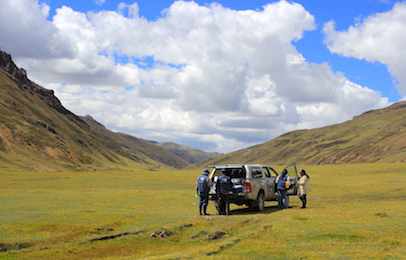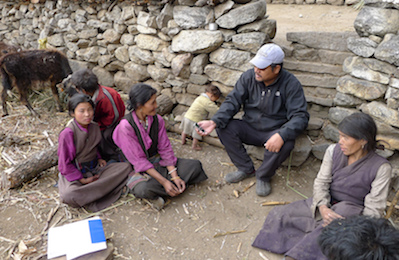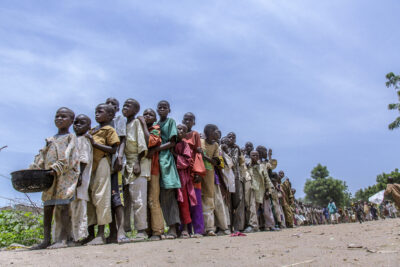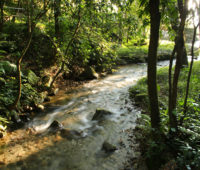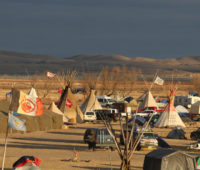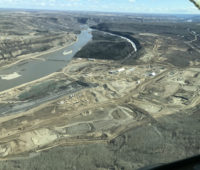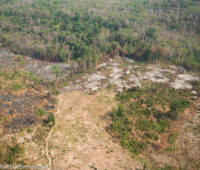Deborah Cheng, curator of “Just Environments,” concludes the series with a look back at the diverse set of essays that connect environmental justice to social-structural, political, and cultural inequalities. Cheng reviews the ways in which contributors to the series addressed the nature of environmental (in)justices, touching on a wide range of subjects across various regions. The authors also analyzed how individuals, communities, and social movements strategized and acted to redress injustice, and the ways knowledge and research can be part of both deepening and reversing inequalities at the intersection of environmental change and political and economic forces.


